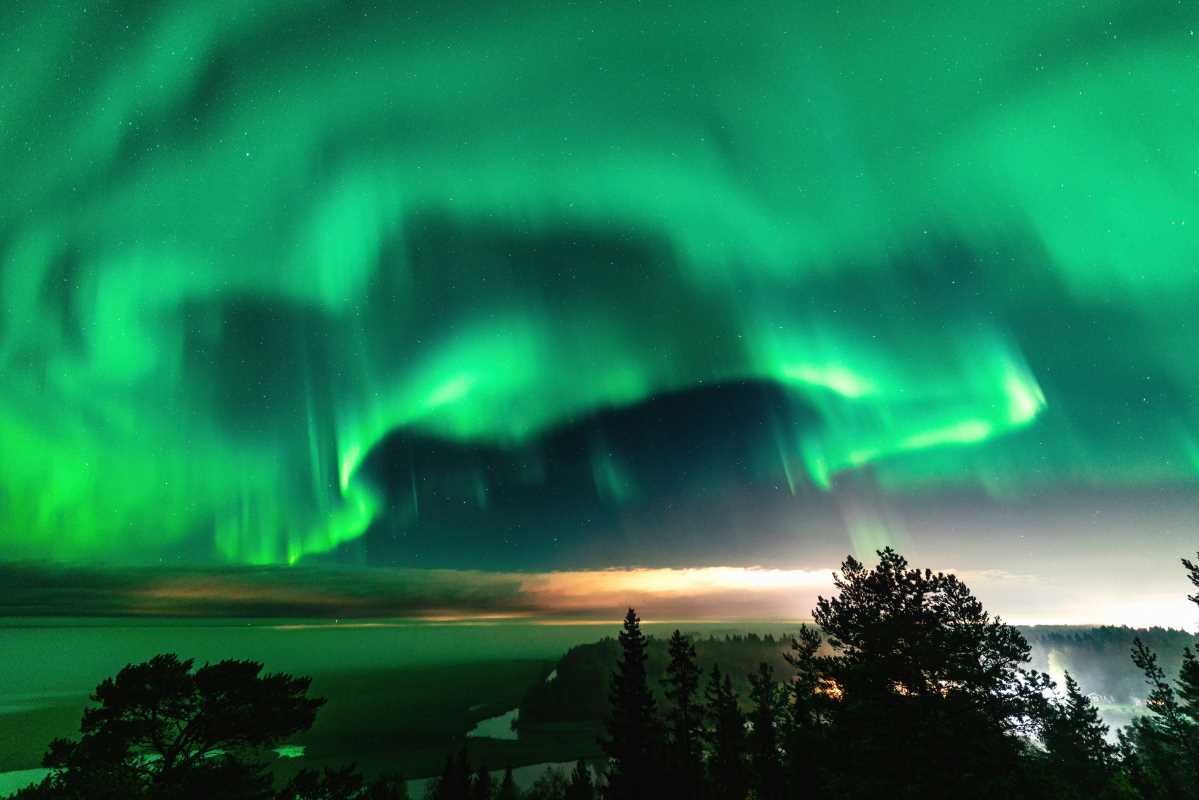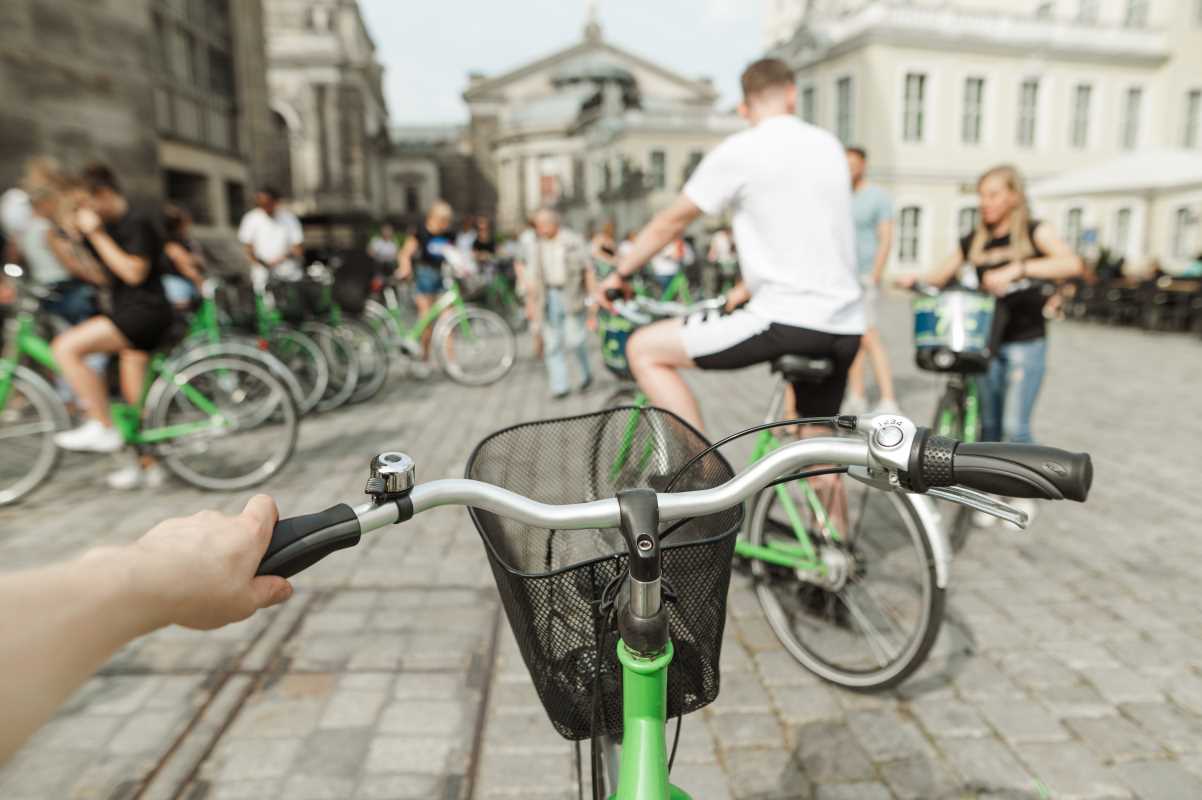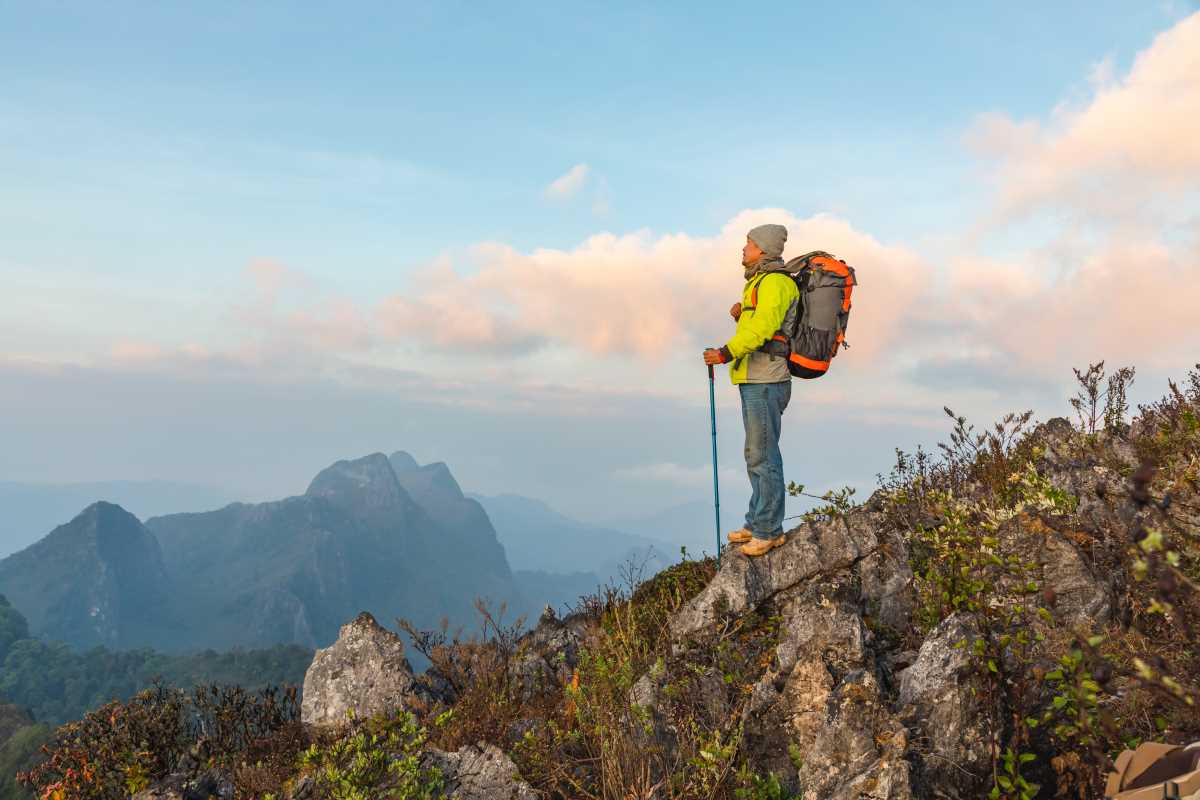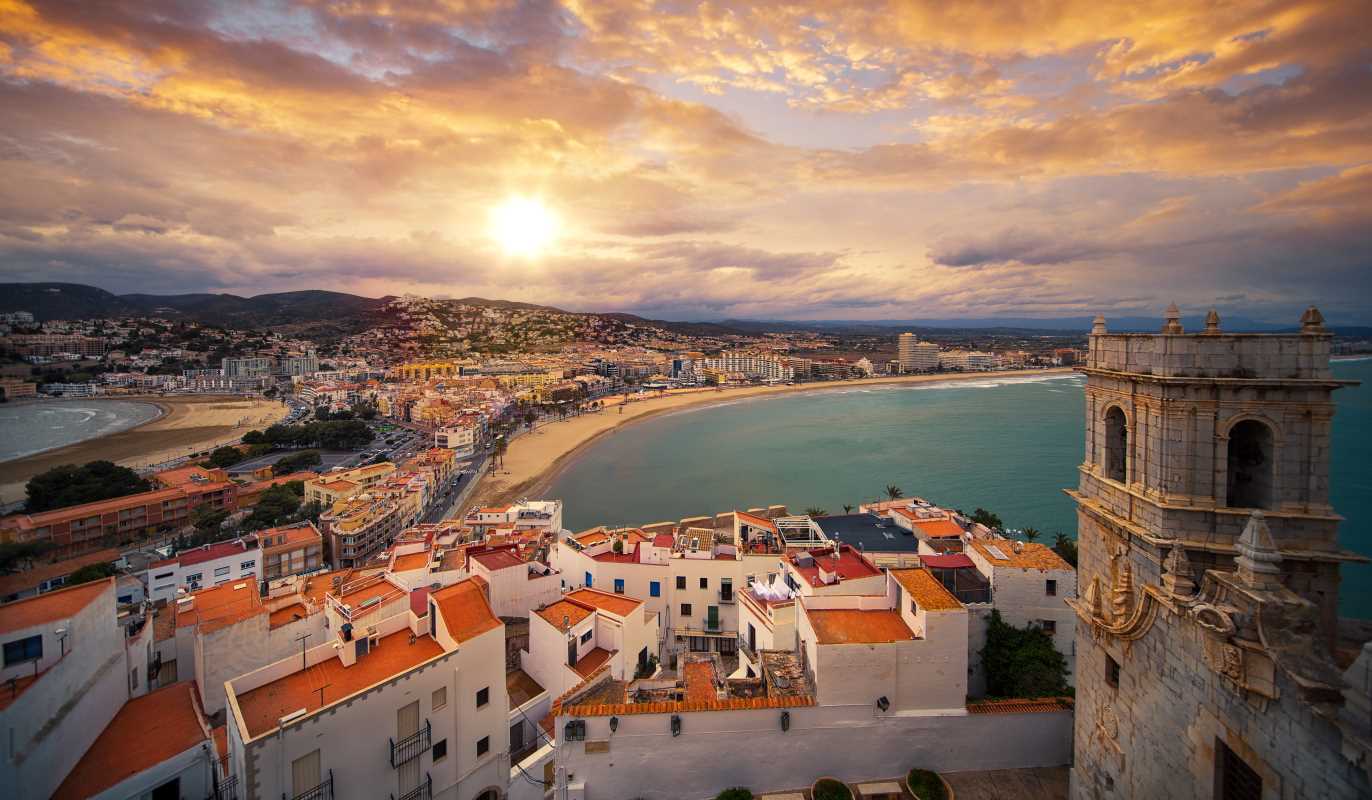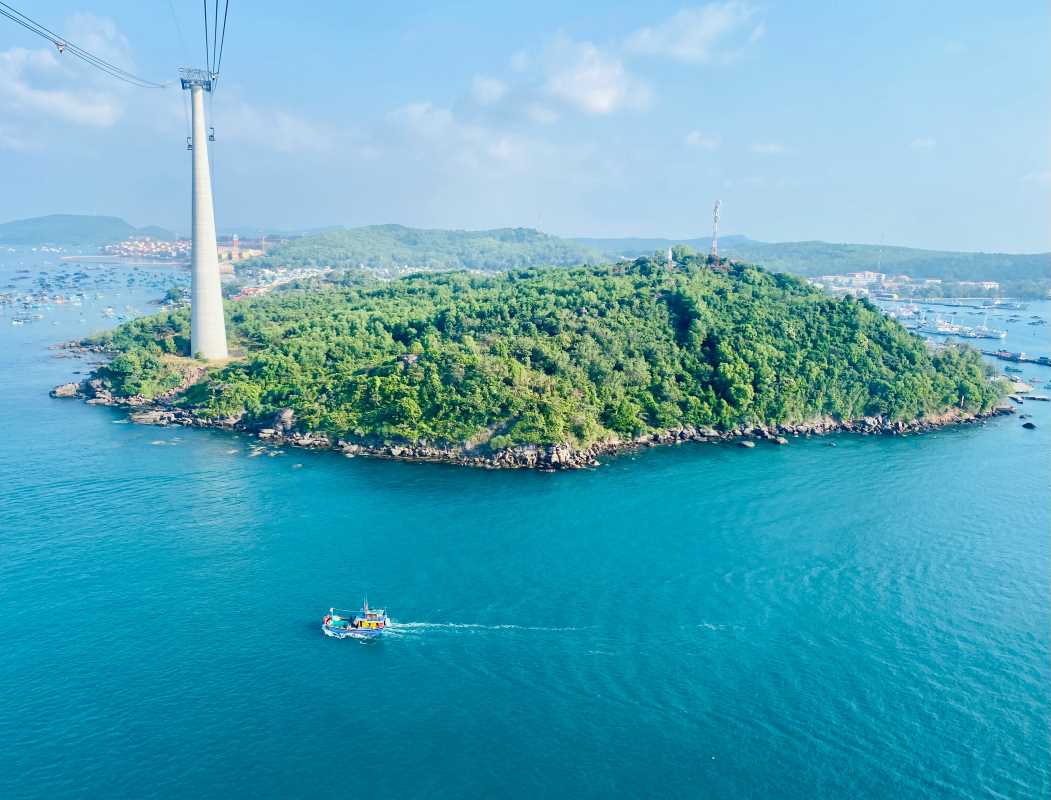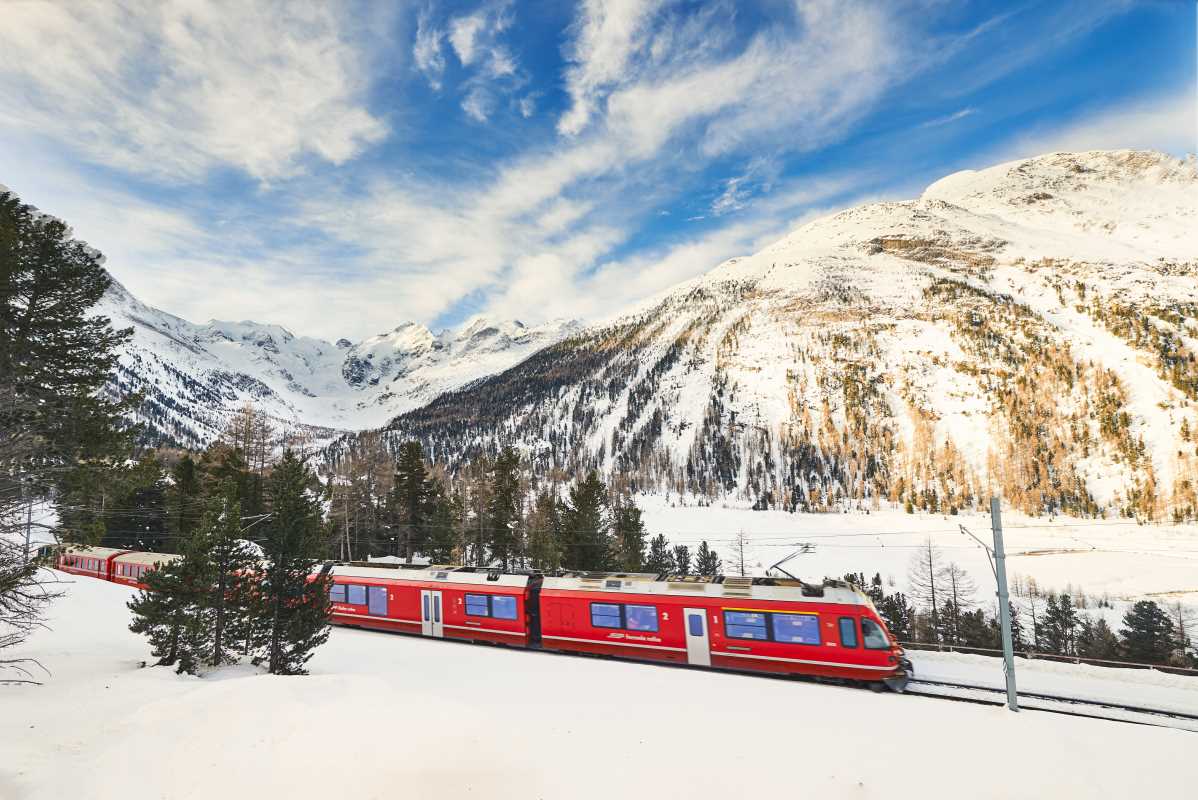Few natural wonders capture the imagination quite like the Northern Lights, also called the Aurora Borealis. These colorful displays light up the night sky with streaks of green, pink, purple, and sometimes even red. They form when charged particles from the sun collide with Earth’s magnetic field, creating a dazzling natural light show. Seeing the Northern Lights in person feels like stepping into a dream, and for many travel enthusiasts, it’s the ultimate bucket-list adventure. If you’ve been itching to witness this phenomenon, good news: There are plenty of fantastic spots around the world to experience the magic. Here’s a guide to some of the best places to see the Aurora and tips to help you plan your trip.
What Makes the Northern Lights Special?
Before we jump into the top destinations, it helps to understand what makes the Aurora Borealis so unique. The lights shimmer because of solar activity, which sends tiny particles racing toward the Earth. When these particles hit gases like oxygen or nitrogen in the atmosphere, vibrant colors light up the sky. The intensity and color of the display depend on several factors, like solar storms and weather conditions. But one thing is clear: the best places to see them are far from city lights, typically in northern, icy regions where the skies stay dark and clear.
Now that we’ve covered the basics, grab your favorite travel mug and a warm coat because it’s time for the ultimate Northern Lights travel guide.
1. Tromsø, Norway
Tromsø is often called the "Gateway to the Arctic," and it’s a prime spot for Northern Lights chasers. Located in northern Norway, this small city is surrounded by fjords, mountains, and unspoiled wilderness. The lights are visible here from September to April, and the long polar nights during winter provide hours of darkness perfect for aurora viewing.
Why Tromsø? Beyond the stunning lights, this area offers plenty of adventures. You can combine your trip with dog sledding, reindeer spotting, or even a glacier hike. For a cozy view, catch the lights from a glass-roofed “aurora dome” while sipping on hot chocolate.
Tromsø has a relatively mild climate for its northern location, meaning you won’t freeze while waiting for the lights. Still, dress in layers and book a local Northern Lights tour to maximize your chances of spotting them.
2. Reykjavik and Vik, Iceland
Iceland is a favorite for travelers looking to experience nature’s raw beauty. The Aurora Borealis is just one reason to visit, but it’s certainly a major draw. Reykjavik, the capital, offers aurora tours just outside the city where the skies are darker. Some of the best viewing happens in smaller towns like Vik, which offers fewer light pollutants and picturesque coastal landscapes.
What makes Iceland special is how the Northern Lights pair with its otherworldly scenery. Imagine the auroras dancing over glaciers, waterfalls like Seljalandsfoss, or iconic black sand beaches. It’s a sight that stays with you forever.
Stay at a guesthouse or hotel known for alerting guests to Northern Lights activity. Some even offer wake-up calls, so you’ll never miss a display.
3. Fairbanks, Alaska
Fairbanks is one of the most accessible places in the U.S. for seeing the Northern Lights. Here, the auroras are visible up to 240 nights a year, making it one of the best locations worldwide for predictable viewing. The peak season runs from late August to early April, and the crisp Alaskan air makes the lights appear especially vibrant.
Along with aurora tours, Fairbanks offers unique activities like soaking in the Chena Hot Springs under the Northern Lights, mushing a dog sled, or visiting ice sculpture festivals. It’s an unforgettable mix of adventure and tranquility.
Rent a car so you can drive to remote viewing spots like Murphy Dome or Cleary Summit. These areas are dark and quiet, offering perfect conditions for aurora spotting.
4. Rovaniemi, Finland
Situated in Finnish Lapland, Rovaniemi feels like stepping into a winter wonderland. Not only is it the official “hometown of Santa Claus,” but it’s also a prime location for aurora viewing. Between August and April, visitors flock here to watch the skies explode in color.
While waiting for nighttime adventures, visitors can enjoy snowmobile safaris, ice fishing, or meeting reindeer herders. Many hotels in Rovaniemi, like the famous igloo hotels in nearby Kakslauttanen, offer glass-roofed cabins so you can stargaze (and aurora-gaze) from the comfort of your warm bed.
If you visit around Christmas, make time to stop by Santa Claus Village, where holiday magic meets natural wonder.
5. Churchill, Canada
Often called the “Polar Bear Capital of the World,” Churchill is a small town in Manitoba, Canada, that doubles as an amazing aurora-viewing destination. Its remote position near Hudson Bay places it under some of the clearest skies on Earth. The lights appear here about 300 days a year, making Churchill one of the most reliable spots for aurora seekers.
What makes Churchill’s experience special is the chance to combine two bucket-list experiences in one trip. Come for the Northern Lights in the winter, and stay for a life-changing opportunity to see polar bears or even beluga whales.
There aren’t any roads to Churchill, so you’ll need to arrive by train or plane. Plan your travel carefully and prepare for the remote destination.
Tips for Your Northern Lights Adventure
Seeing the Northern Lights takes a bit of planning and patience, but it’s worth every effort. Here are some key tips to ensure you make the most of your experience:
- Go during the right season. Typically, winter is the best time because the nights are longest.
- Check the aurora forecast. Websites and apps can predict solar activity and your chances of seeing the lights in real time.
- Stay flexible. The auroras are unpredictable. Plan several nights in your chosen location to increase your chances.
- Bring warm gear. Layers, insulated boots, gloves, and hats are a must when staying outside for hours at night.
- Use a good camera. While the lights are stunning in person, they often appear brighter in photos. Use a DSLR or mirrorless camera with a wide-angle lens to get the best shots.
Grab a backpack, check the aurora forecast, and start planning your next big adventure. The Northern Lights are waiting to light up your world.
